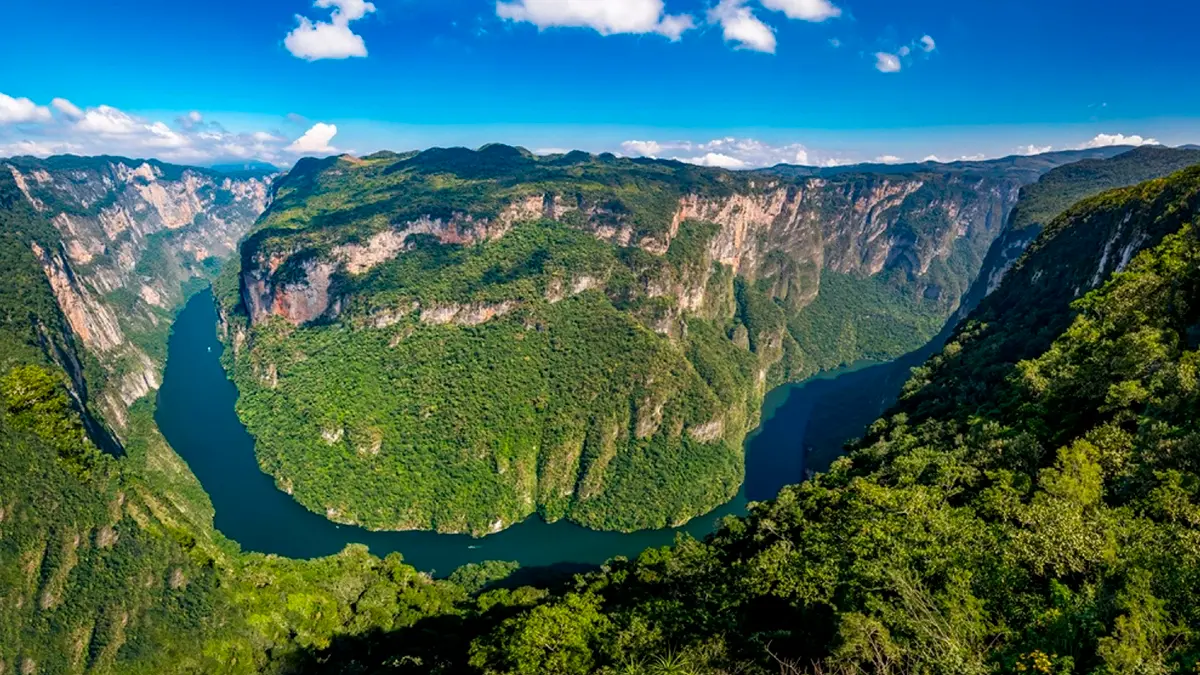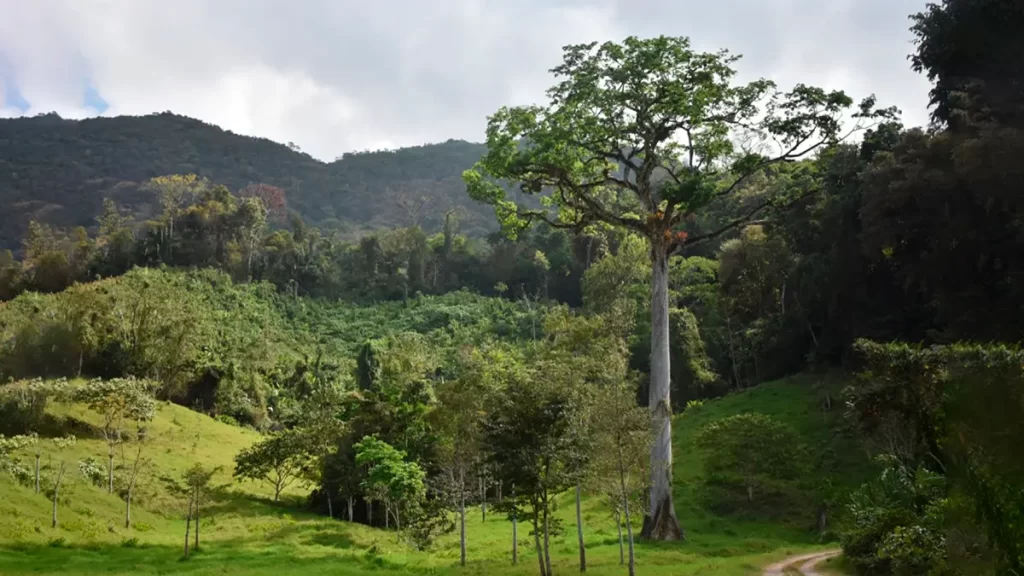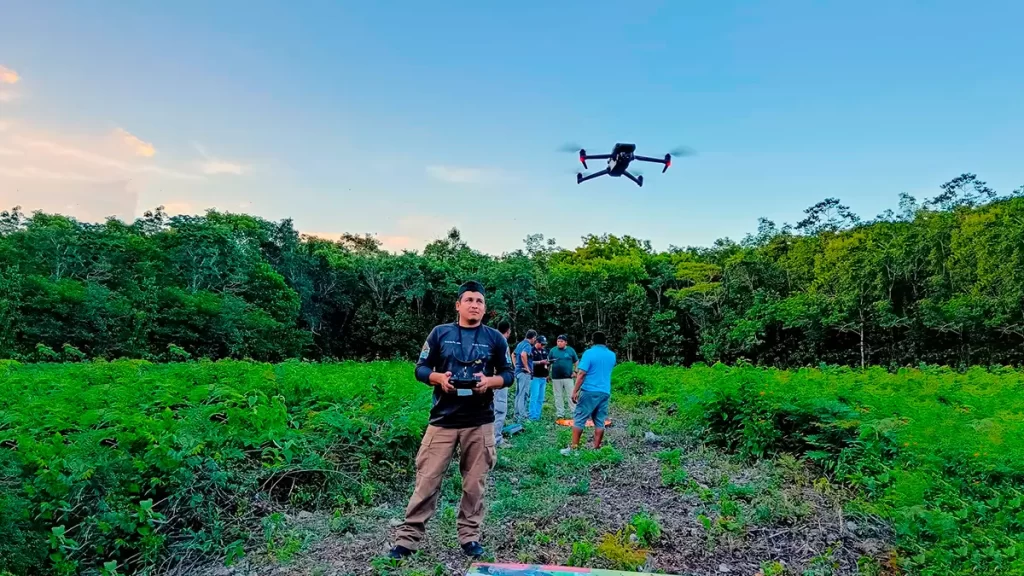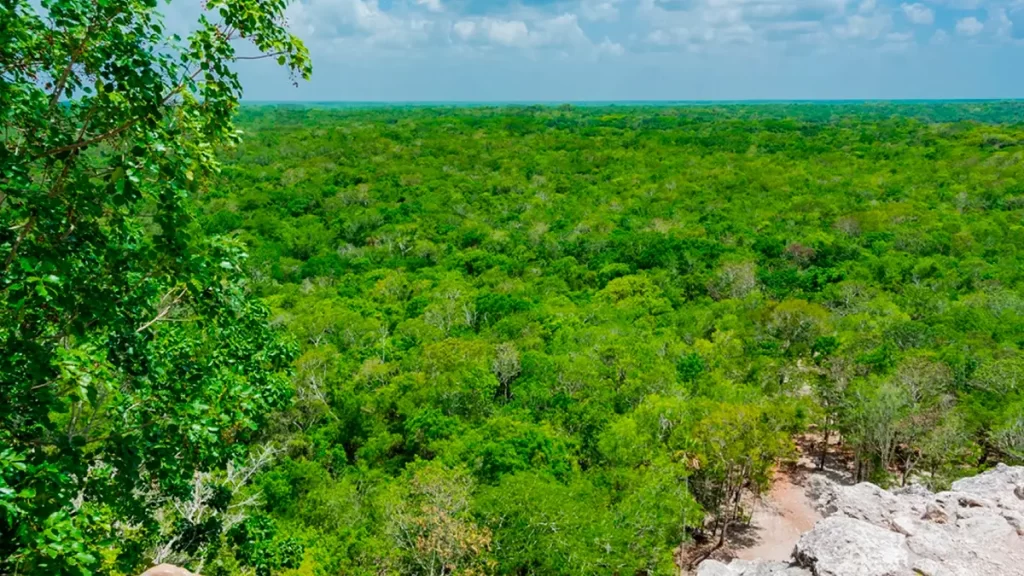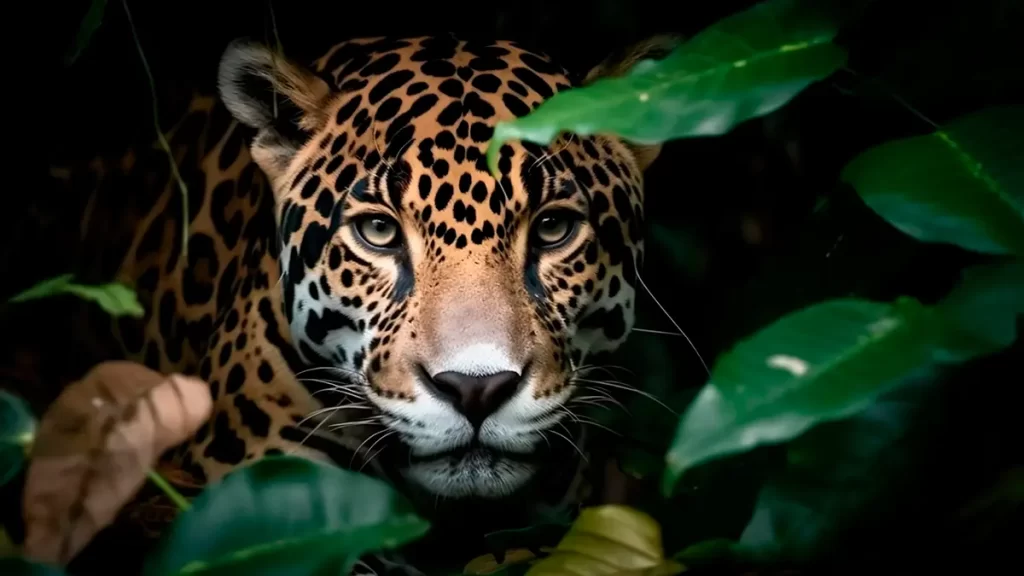
Biocultural Corridor
Gran Selva Maya
A TRINATIONAL ALLIANCE TO PROTECT BIODIVERSITY
International Reach
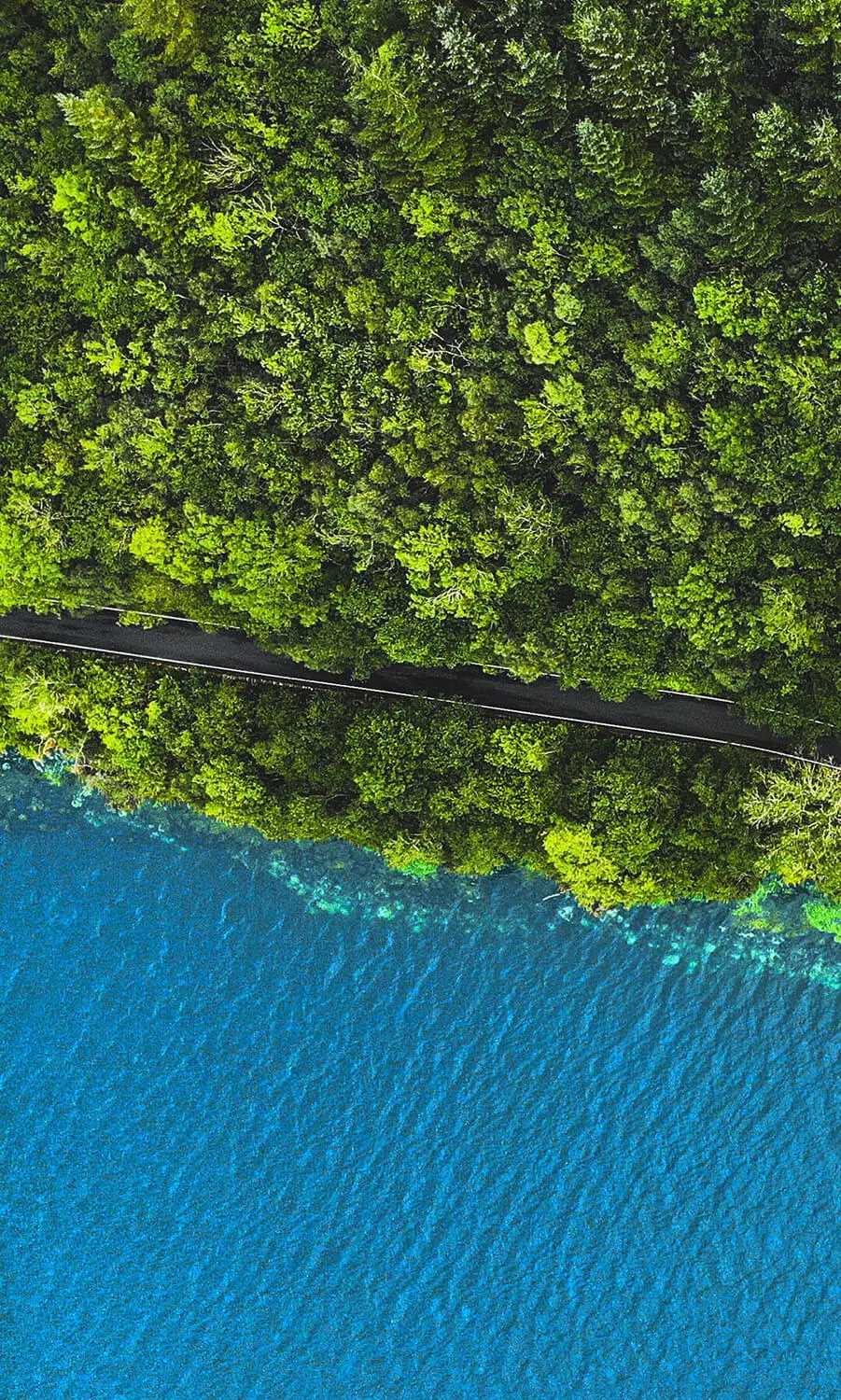
MEXICO
2,426,451 hectares of land and protected natural areas.
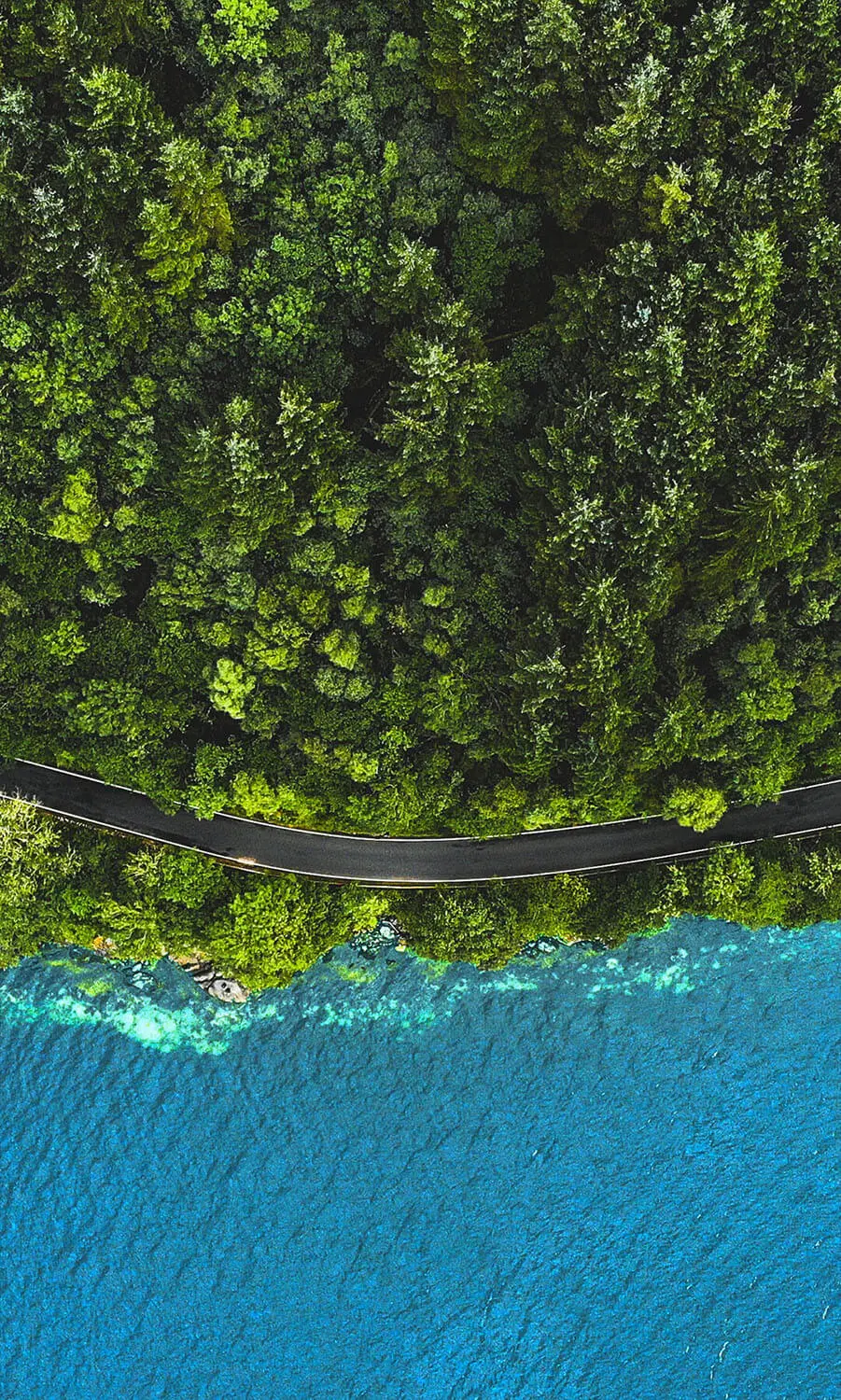
GUATEMALA
2,673,726 hectares of protected natural areas.
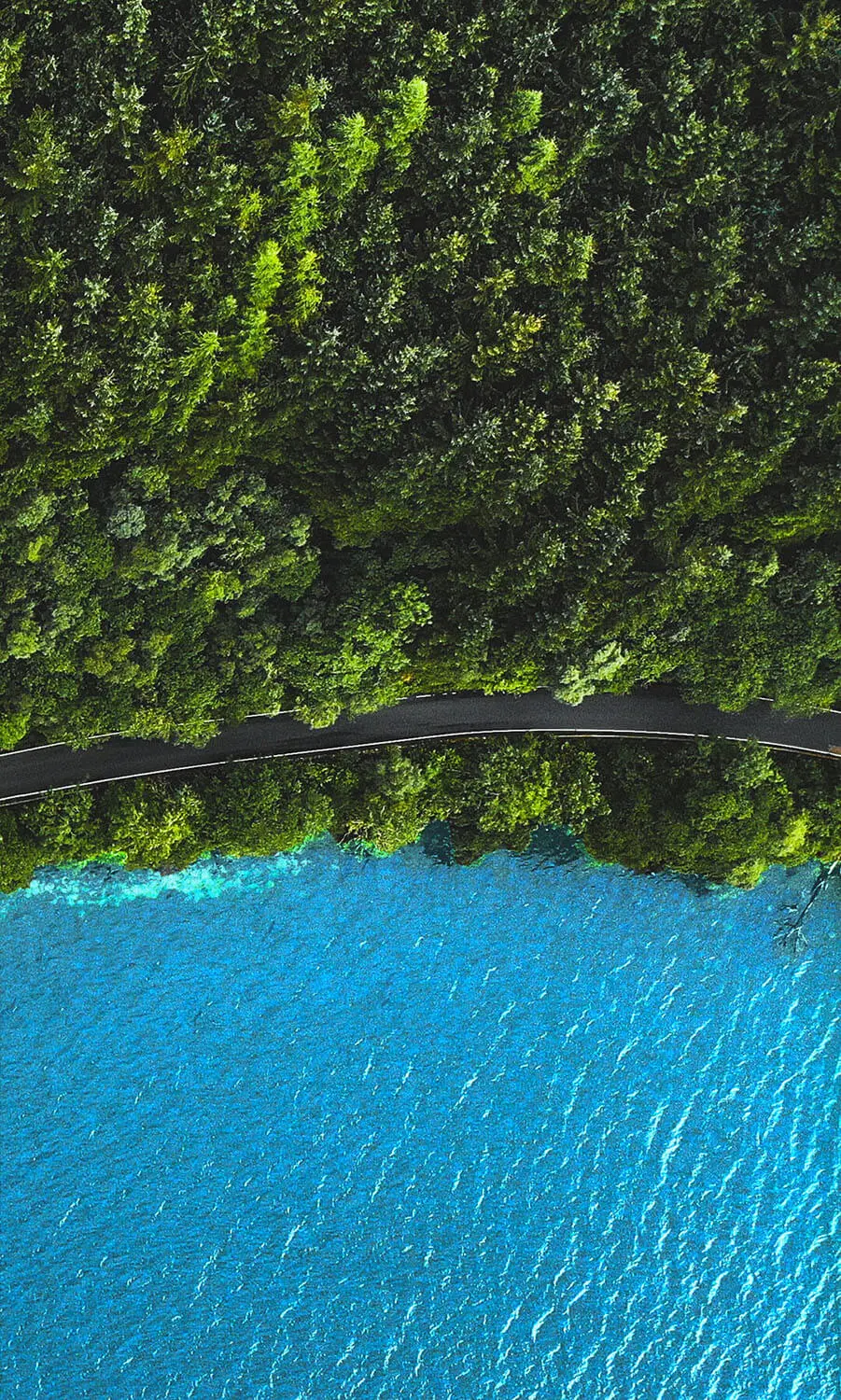
BELIZE
591,700 hectares equivalent to 0.6 percent.
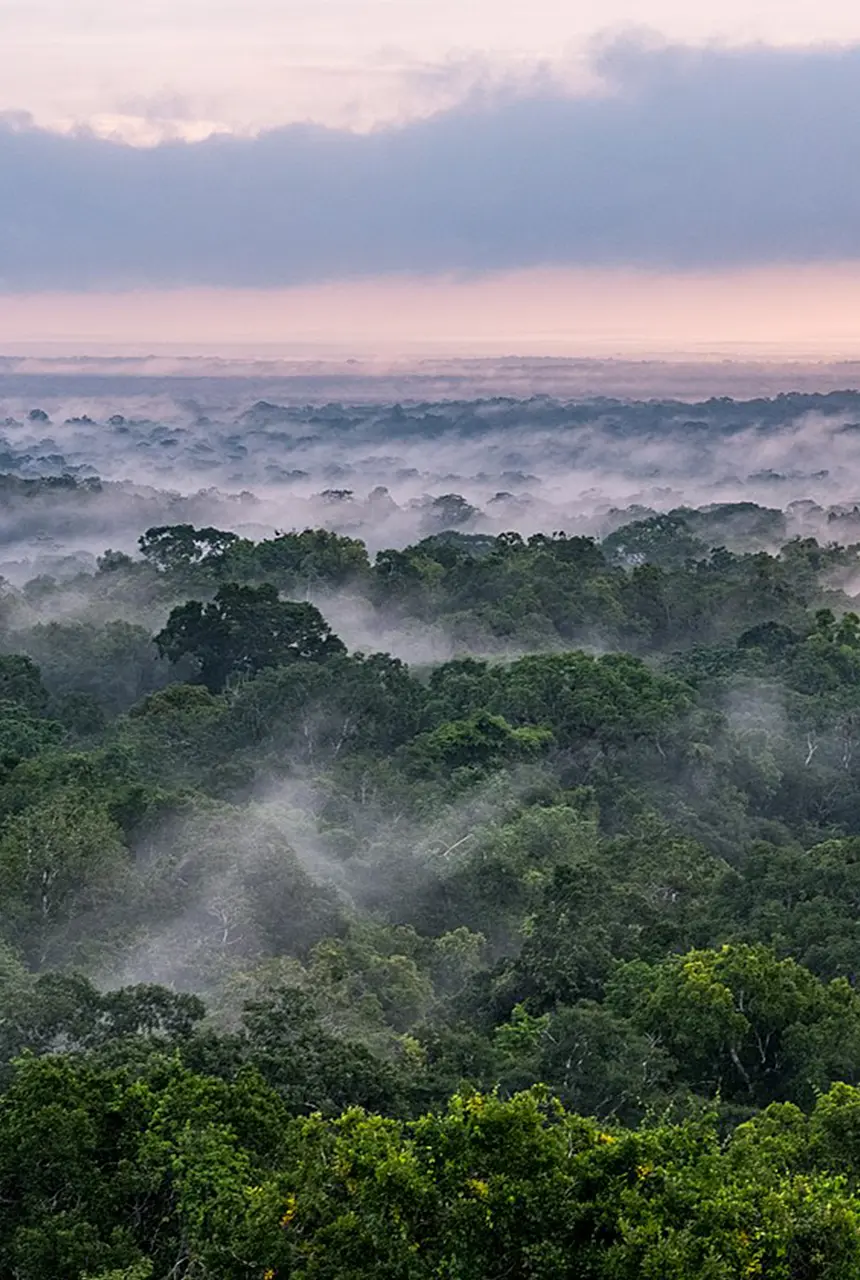
GOALS
Gran Selva Maya Biocultural Corridor: A trinational alliance to protect biodiversity
With the goal of conserving one of the richest regions in biological diversity in the Americas, Mexico, Guatemala, and Belize have established an environmental cooperation alliance known as the Gran Selva Maya Biocultural Corridor.
This joint initiative covers an extensive territory of approximately 5.7 million hectares, making it the second largest tropical rainforest on the continent, surpassed only by the Amazon.
The Corridor safeguards a vast variety of ecosystems and species while also representing an international commitment to sustainability and the protection of the natural heritage shared by these three nations.
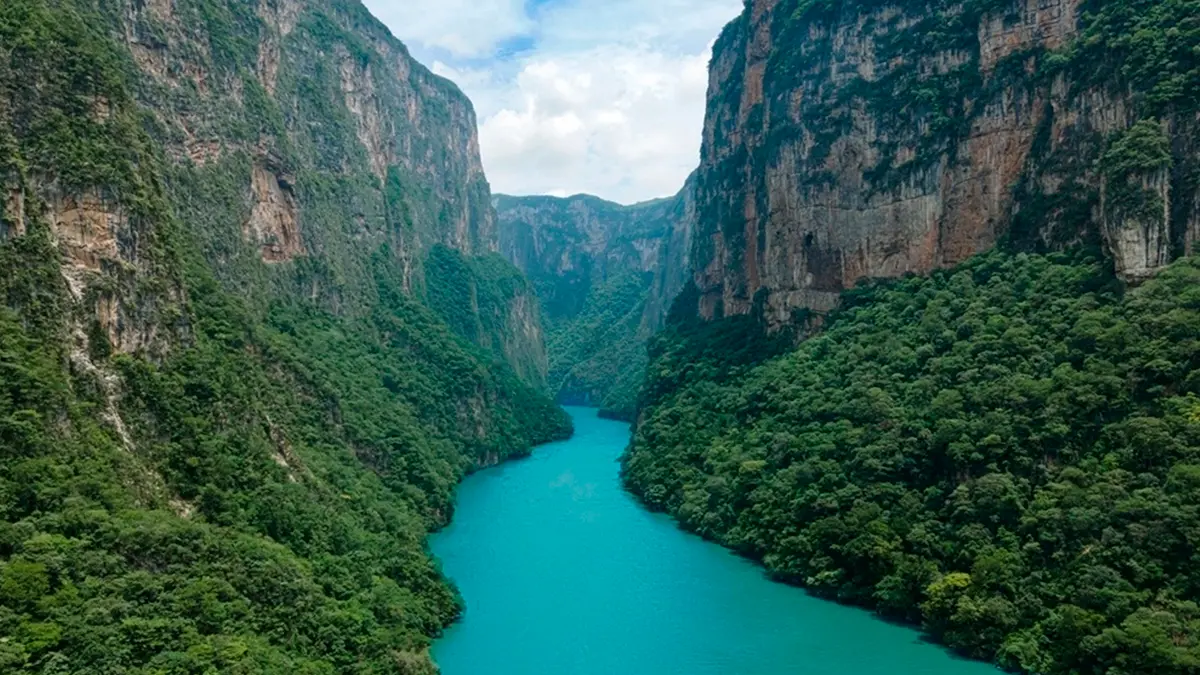
A territory of great natural and cultural wealth
In addition to its ecological value, this region is home to an astonishing cultural diversity. It is home to numerous Mayan communities who maintain their languages, traditions, and ancestral ways of life.
Each community contributes to the cultural richness of the territory, providing distinct expressions of identity that coexist in harmony with nature.
Archaeological heritage of world relevance
At the heart of this corridor are some of the most iconic archaeological sites of the Mayan world, many of which are renowned for their historical and architectural value.
Among the most notable are Calakmul, Tikal, Caracol, Palenque, Edzná, Yaxhá, Piedras Negras, El Mirador, Lamanai and Altún Ha.
These ancient remains are testimony to an advanced civilization, and are also key sites for cultural tourism and scientific research.
An environmental commitment of international scope
The Gran Selva Maya Biocultural Corridor is an example of how international cooperation can translate into concrete actions to address climate change, conserve biodiversity, and promote the sustainable development of local communities.
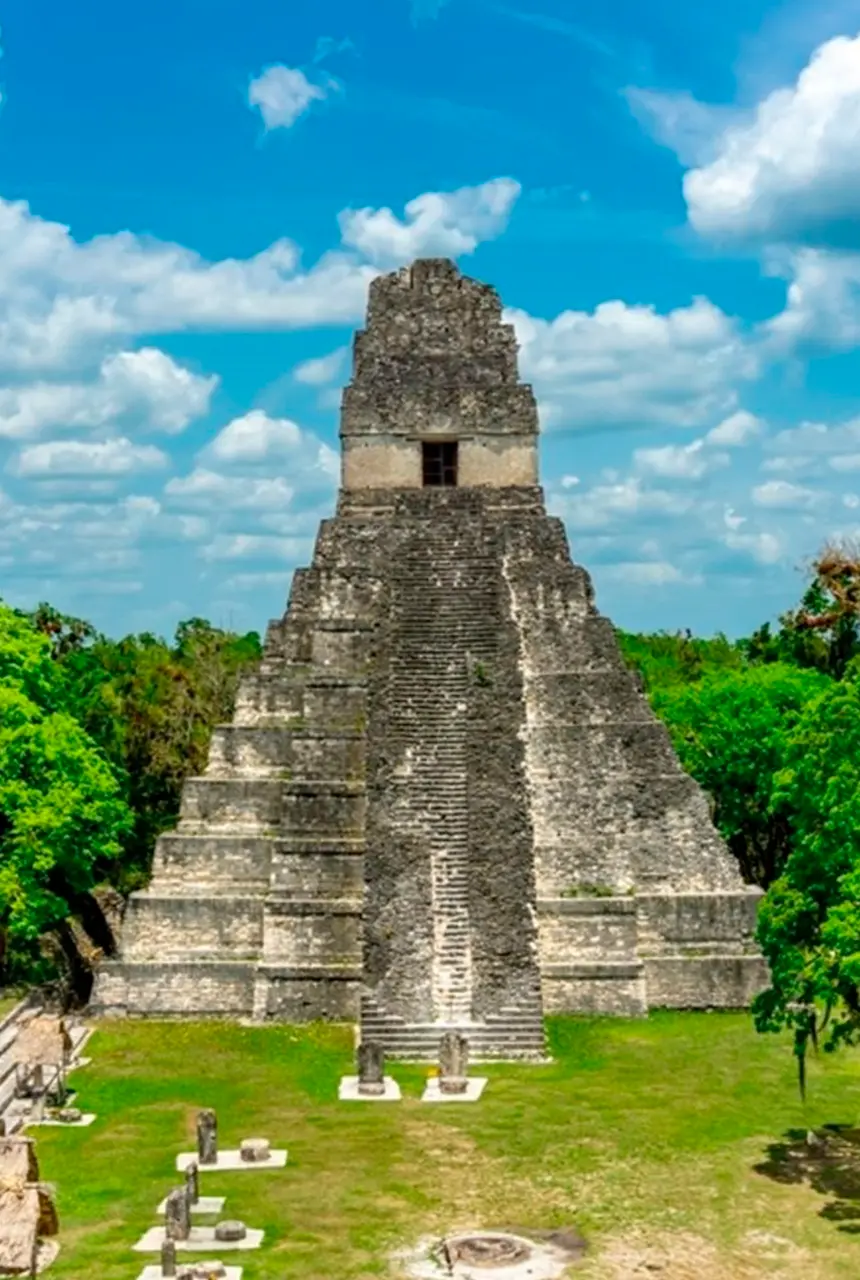
Protected Natural Areas
This joint effort strengthens ecosystem resilience and ensures that future generations can continue to enjoy one of the most important green spaces in the Western Hemisphere.
MEXICO
- Calakmul Biosphere Reserve
- Balamkú Biosphere Reserve
- Montes Azules Biosphere Reserve
- Usumacinta Canyon Flora and Fauna Protection Area
- Balam Kin Flora and Fauna Protection Area
- Palenque National Park
- Bonampak Archaeological Zone
- Yaxchilán Archaeological Zone
- Chan-Kin Flora and Fauna Protection Area
- Lacan-Tun Biosphere Reserve
- Nahá-Metzabok Flora and Fauna Protection Area
- Montebello Lagoons National Park
GUATEMALA
- Mirador Río Azul National Park
- Maya Biosphere Reserve
- Tikal National Park
- Protected Biotope San Miguel La Palotada-El Zotz
- Naachtun-Dos Lagunas Protected Biotope
- El Rosario National Park
- Laguna del Tigre National Park
- Yaxhá-Nakum-Naranjo National Park
- Lacandón Mountains
BELIZE
- Turbid Waters Protected Natural Area
- Mayan Reserve and Río Bravo Conservation Area
- Shipstern Conservation and Management Area and Butterfly Farm
- Crooked Tree Wildlife Sanctuary
- Cockscomb Basin Wildlife Sanctuary
- Mayan Site of El Caracol
- Mayan site of Xunantunich
- Mayan Site of Lamanai
- Mayan site of Nohmul
- Mayan Site of Cerros
- Mayan Site of Cuello
- Mayan Site of Altún Ha
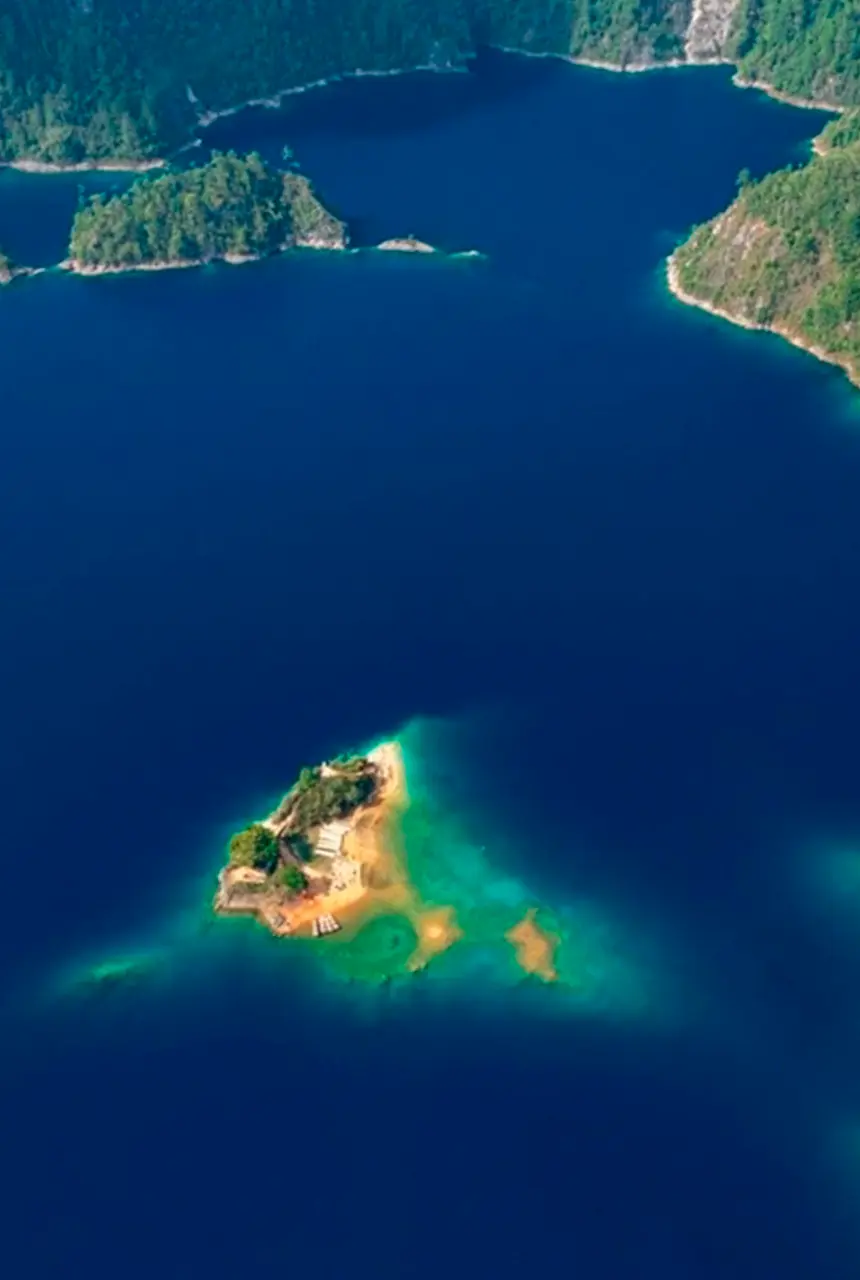
Mexico, Guatemala, and Belize strengthen alliance around the Mayan Rainforest
On August 11, 2025, the President of Mexico announced an important trilateral meeting with her counterparts from Guatemala and Belize, with the aim of establishing strategic regional cooperation agreements.
The meeting would aim to advance shared projects focused on sustainable development, environmental conservation, and community well-being.
The official tour began on August 15 with a visit to Guatemala, where the Mexican president met with President Bernardo Arévalo in the department of El Petén.
During this meeting, an initial alliance between Mexico and Guatemala was presented to strengthen the protection of the Mayan region’s natural and cultural heritage, highlighting both nations’ commitment to preserving their ancestral roots.
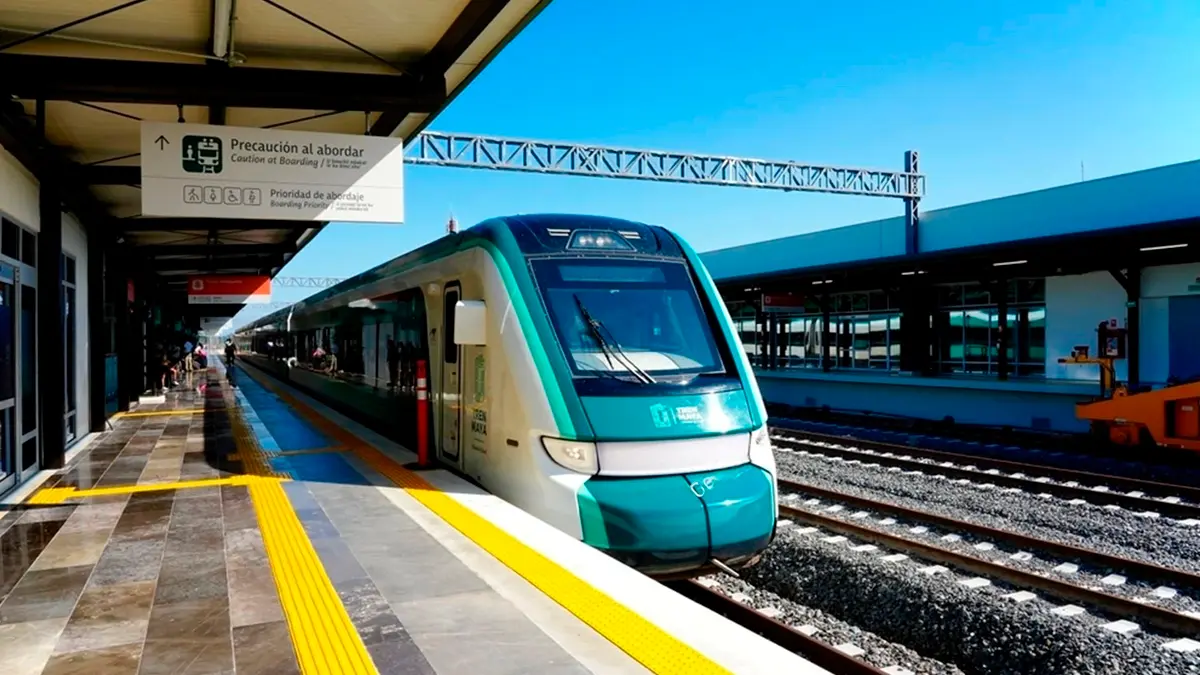
Expansion of the Mayan Train
and new development initiatives
As part of the bilateral announcement, both authorities took the first steps toward a future expansion of the Mayan Train, with the aim of connecting key points in Guatemala and Belize.
The goal of this expansion is to develop an economic zone focused on sustainable tourism, while promoting environmental conservation, protecting endemic species, and strengthening the social fabric in historically marginalized communities.
Among the announced priorities are combating social inequality, strengthening sustainable mobility, addressing the structural causes of migration, and combating illicit activities such as drug trafficking.
As part of the regional commitment, the implementation of the second phase of the “Sembrando Vida” program was also announced. This program will reach Guatemala and Belize to promote reforestation and provide productive opportunities for rural communities.
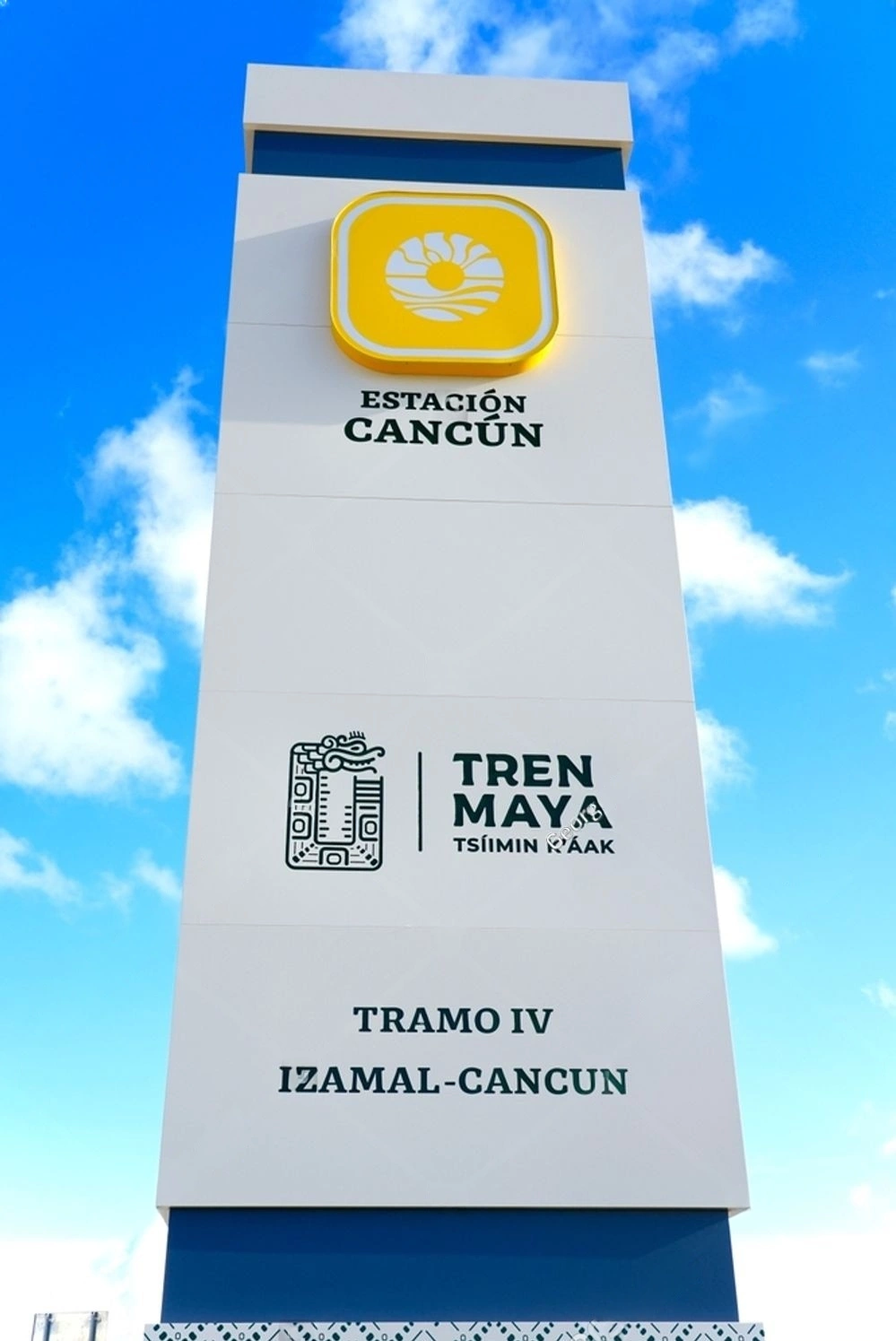
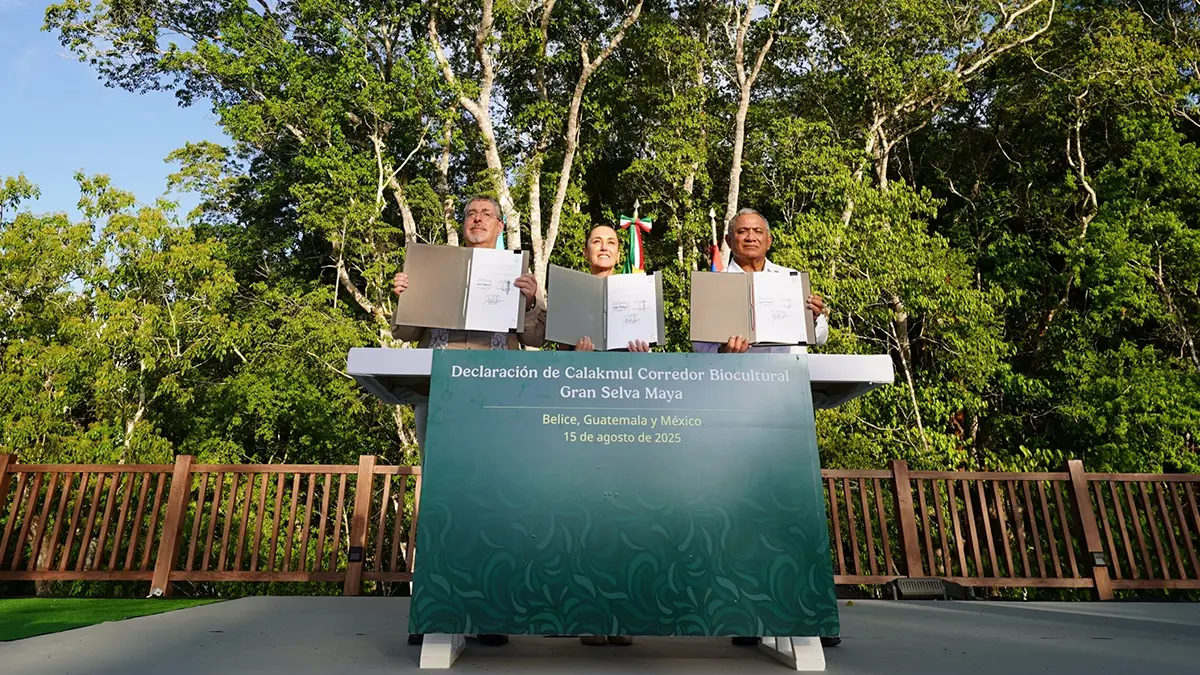
Calakmul Declaration
Biocultural Corridor
Great Mayan Jungle
That same day, in the afternoon, the presidents of Mexico and Guatemala traveled to Calakmul, Campeche, where they were received by the Prime Minister of Belize, Juan Antonio Briceño.
At the Mundo Maya Calakmul Hotel, the three nations held a high-level meeting and a joint press conference to unveil a new international instrument: the Calakmul Declaration.
Through this declaration, the Great Maya Jungle Biocultural Corridor was formally established as a shared commitment to protect one of the most important ecosystems in Mesoamerica.
In addition, August 15 was officially proclaimed as the Day of the Great Mayan Jungle, as a symbol of unity and shared responsibility among the three nations.
Concrete commitments for biodiversity
The agreement establishes joint actions to combat illegal logging, trafficking of protected species, unauthorized infrastructure expansion, arson, and illegal hunting.
All of this in close collaboration with the Mayan and Afro-descendant communities that live in the region, recognizing their fundamental role as guardians of this natural heritage.
This trilateral alliance marks a new chapter in regional cooperation, focused on respect for nature, social justice, and the full recognition of indigenous peoples as key players in sustainable development in the Mayan Rainforest.
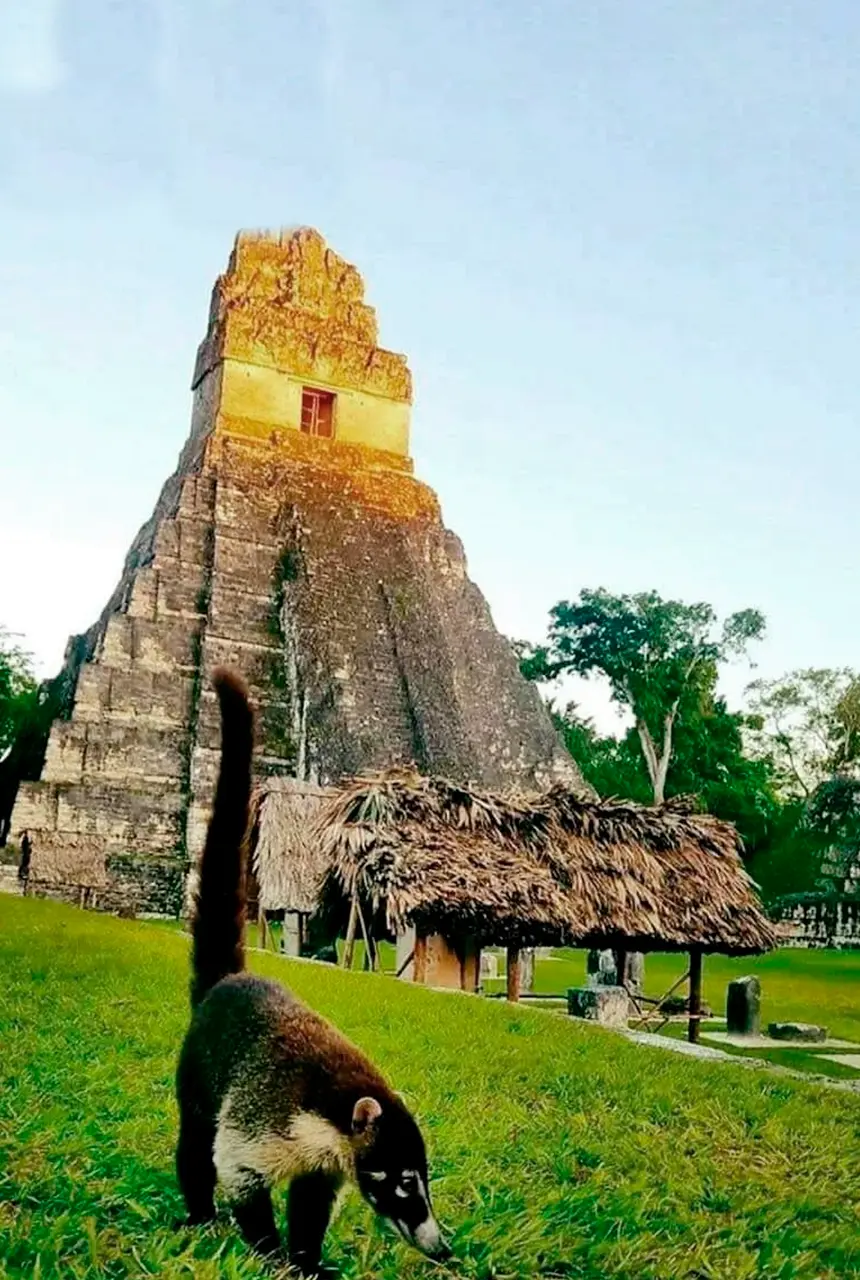
Press
